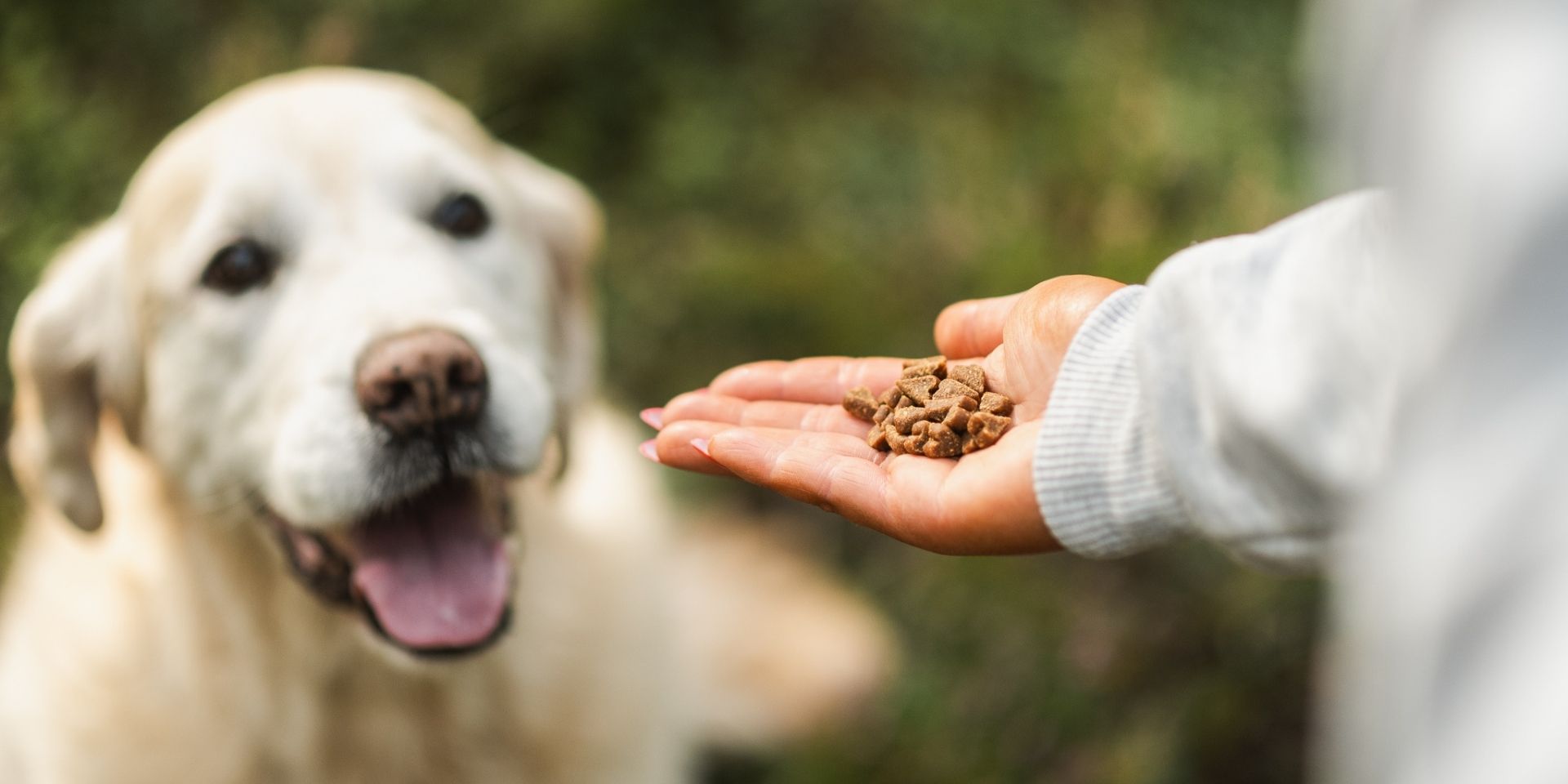
Dogs and cats can be fed in various ways – the most important thing is that the diet is nutritionally balanced and suitable for the individual animal. In this article, we’ll cover the most common feeding options for dogs and cats, their benefits, challenges, and the role of supplements.
1. Commercial pet food – Practical and Balanced Feeding Option
Commercial foods are by far the most common feeding option for dogs and cats. Complete foods available in stores (mainly dry and wet foods) are designed to meet the animal’s basic nutritional needs and are especially practical for daily life. However, it’s important to choose high-quality products whose ingredients and nutritional content match your pet’s needs.
2. Raw feeding, so called BARF
Raw feeding is based entirely on uncooked ingredients such as meat, bones, organs, vegetables, and supplements. This feeding option requires careful planning and knowledge to ensure the diet is truly balanced.
3. Home-Cooked food (using cooked ingredients)
Home-cooked meals using cooked ingredients can be a tasty and digestive-friendly feeding option for dogs and cats. This can include meat, grains or potatoes, vegetables, eggs, and oils. The key is to ensure the diet meets all the animal’s nutritional requirements.
4. Partially cooked food
In some cases, part of the ingredients may be offered raw and part cooked. This combines some of the benefits of both raw and home-cooked feeding, but still requires careful planning.
5. 50:50 dry kibble or canned food and home-cooked or raw food
In some cases, pet parents want to offer raw food or home-cooked food, because they think it is good for their pet, but want to feed also commercial food. Although commercial food, when it’s a complete food, is balanced, the big picture still requires careful planning.
Complete food normally contains so much calcium, minerals and vitamins, that a lack of nutrients does not evolve, when it is given to 70-80% and 20-30% of the pet’s energy comes from elsewhere. If 50:50 is fed (and quite often in conjunction even extra calories come from snacks), you can count on a lack of essential nutrients.
If the commercial food is a so called complementary or supplementary product, it does not cater to the needs of the pet itself and definitely not in conjunction with self-made raw or home-cooked portions. Please be mindful of wet food that’s canned or tinned or as a meaty sausage, they are sometimes complementary or supplementary product, although they might give an impression of being complete food!
Every Feeding Method Has Its Place
All of the above feeding options for dogs and cats can be excellent choices – the key is to consider the animal’s individual needs and to ensure variety and balance in the diet. It’s important to remember that raw or cooked ingredients alone rarely make a complete diet without the right supplements.
Supplements – A Crucial Part of the Diet
An animal’s diet is often incomplete without the proper supplements. A balanced diet includes:
• Calcium (especially important if the food contains no bones)
• Multivitamins, such as vitamins A and D (note: overdose can be harmful)
• Minerals, such as magnesium and potassium
• Trace elements, such as iron, zinc, and iodine
• Fatty acids from both animal and plant sources
Proper supplementation requires knowledge and precision to achieve values appropriate for the species and its life stage.
We at PetDietPlans Take Care of the Whole Picture
With the expertise of PetDietPlans professionals and our custom-built software, we can design precise and individualized feeding plans. We consider your dog’s or cat’s age, life stage, activity level, possible health issues, and food preferences. This allows us to ensure that every nutrient is present in the right amount.
Would you like to plan a balanced and tailored diet for your pet? We’re here to help.